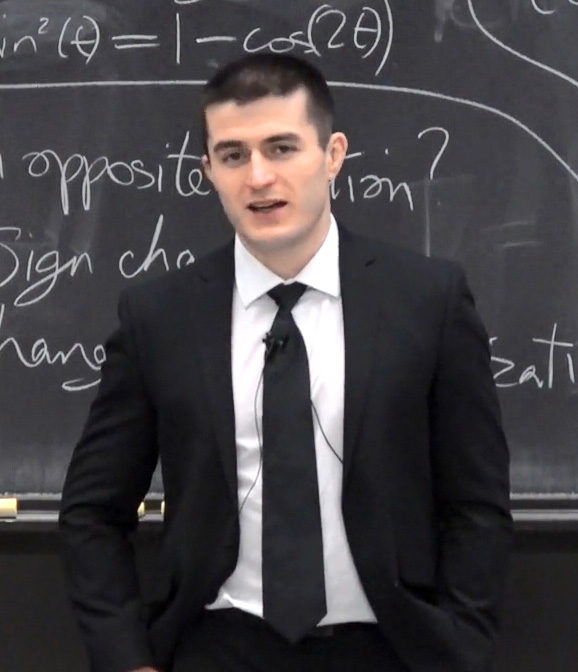
Lex Fridman
Podcast -
Research -
Lectures
Research interests: Human-AI interaction, robotics, and machine learning.
Podcast interests: History, philosophy, physics, biology, chemistry, engineering, AI, robotics, programming, music, film, art, sports, psychology, neuroscience, geopolitics, business,economics, religion, and astronomy.
Beyond the above, I also enjoy:
- Playing guitar & piano
(link is a video of me playing Comfortably Numb by Pink Floyd)
- Training & competing in jiu jitsu & judo
(link is a video of me receiving my jiu jitsu black belt)
Contact me: To contact me, please check out the
Contact Page.
Connect:
X,
YouTube,
LinkedIn,
Instagram,
TikTok,
Facebook,
Reddit,
Telegram.